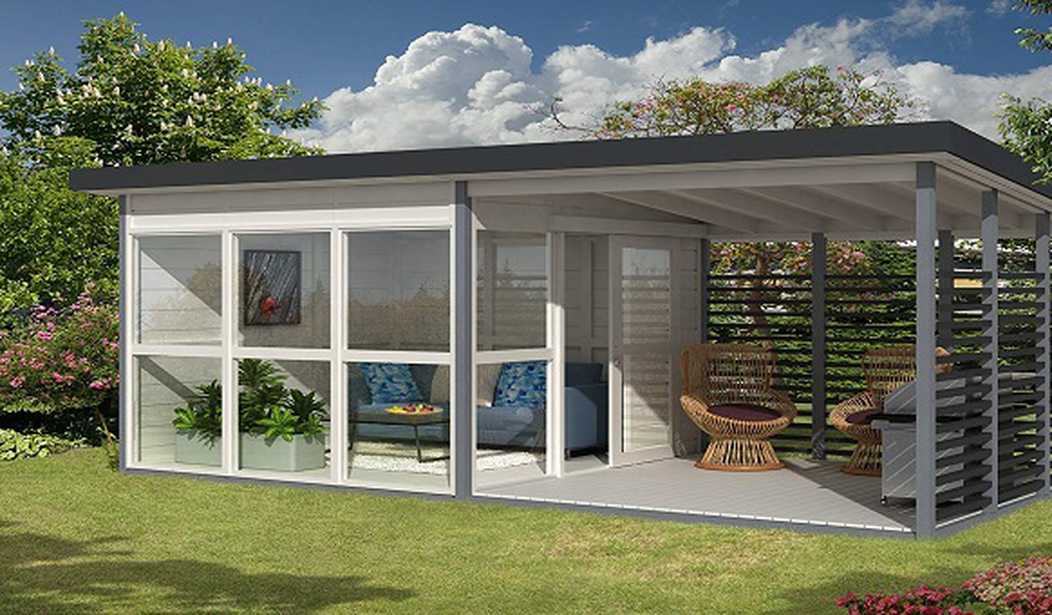Imagine that you live in a $450,000 home situated along a stream out in the country. With very heavy rains, the stream rises about three feet, but your home is two feet above that level.
One day, though, upstream, a landslide changes the flow of another stream. It previously fed into your stream below your home. Now it feeds into it upstream. So now your stream’s normal level is three feet higher than before, which means that with a three-foot rise from a heavy rain you’ll have a foot of water in your home. You’ve seen enough of the heavy rains to know you can’t just do nothing and hope they’ll never come again.
So what do you do?
You could try selling your home, but with that new flood risk you find that no one’s offering more than $200,000 for it---meaning you’ll lose $250,000.
You could hire a specialty contractor to raise your entire home five feet off the ground at a cost of $100,000. Better than losing $250,000, but not very welcome.
You could build a concrete barrier to keep flood waters from reaching your home. That would only cost you about $30,000.
Or maybe you could pay an earth-moving company to restore the area affected by the landslide, returning the tributary stream to its prior path, at a cost of $15,000.
Of all the options, which would you choose?
Recommended
One thing’s pretty well certain: you won’t just abandon your home and lose its $450,000 value.
That is, you won’t become a landslide refugee.
And that’s the most obvious reason why alarming predictions of 187 million “climate refugees” driven from their homes by rising sea level by the end of this century are, as Bjørn Lomborg shows, nonsense. Those who made the predictions assumed that people would choose the most costly rather than the least costly way to respond to rising sea level: abandoning their homes (or farms or businesses) rather than building barriers.
But both human nature and human history tell us people tend to choose the least expensive ways to solve problems.
The Dutch, most of whose country is a low-lying alluvial plain built by rivers over thousands of years and once flooded by every daily high tide, began building dikes to prevent that flooding over a thousand years ago. They were desperately poor by the standards of today’s developed countries (including the Netherlands), but they managed it. They found the agricultural value of the rich alluvial lands great enough to justify the cost of building the dikes.
Today, with far greater wealth, and with earth-moving machinery and engineering skills that vastly exceed those of the Dutch a millennium ago, building dikes to protect low-lying areas from rising sea levels is far more affordable than it was then.
And that’s not to mention that the alarming predictions of 187 million “climate refugees” also assume sea-level rise through the end of this century of about 6.5 feet. That might happen only in response to worst-case scenarios for carbon dioxide emissions, worst-case scenarios for warming driven by those emissions, and worst-case scenarios for polar glacial ice melt driven by that warming. The far more likely scenarios for all three are much lower. And the 6.5 feet of sea-level rise would be 26 to 260 times the likely rise of 1/3 inch to 3 inches.

























Join the conversation as a VIP Member